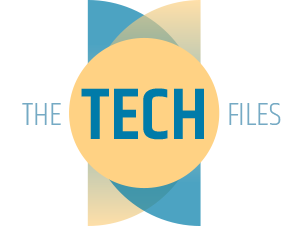Description
The interferogram is displayed on a screen at the front of the unit. A parallel display can be created via the HDMI port and images can also be exported through the USB port for external analysis. All features of the interferometer are controlled via the touch screen panel.
Grazing Incidence Interferometry
A standard fizeau interferometer will, depending on the wavelength used, normally operate with fringe spacing approximately 0.3µm. This often restricts flatness measurements to highly reflective materials which will provide sufficient contrast on the monitor. The resulting short distances between fringes often impedes the analysis of “busy” images.
Logitech Grazing Incidence Interferometers overcome such problems by reflection of laser light at a grazing incidence angle off the sample surface. This angled beam of light ensures that the monitor shows fringes on both reflective and non-reflective sample surfaces. It also allows a large visible aperture of 127mm x 150mm (5″ x 6″), enabling samples of up to 150mm (6″)Ø to be accurately assessed.
The 7″ screen allows rapid and accurate measurements to be made “in process” with fringe spacing displayed at a fixed 2µm interval, producing excellent contrast levels with surface finishes from polished samples up to 300nm Ra. Evaluation of fringe patterns can be done by exporting images via USB port.
Applications:
Applications for the GI20 Flatness Measurement System is virtually limitless. Whether the requirement is for flatness measurement or quality assessment, the Logitech Grazing Incidence Interferometer provides an excellent solution when processing semiconductor wafers; optical components; machined components and geological samples.
Manual Grazing Incidence Interferometry:
Each fringe shown on the screen represents a 2mm change in the air gap between the specimen and the reference. Convexity and concavity are determined by gentle finger pressure as if to close the air gap.
Fringes move away from the point of the air gap (i.e. area of roundness) and conversely towards the maximum air gap (i.e. area of hollowness). As interferometry determines any departure from specimen flatness and requires some degree of tilt between the specimen and the reference flat, it is necessary to compensate for any residual net tilt by visually minimising the fringe count.
Product Specification:
| Power supply: | 240V/110V, 50Hz |
| Height: | 260mm |
| Depth: | 602mm |
| Width: | 430mm |
| Weight: | 24kg |
| Maximum sample size: | 150mm (6″) |
| Surface roughness: | 1nm to 300nm Ra |
| Fringe spacing: | 2µm |
Visit our Online Consumables store
- High precision flatness measurement of ground, lapped or semi-polished samples
- Measure 2µm per fringe with excellent clarity
- Surface roughness measurement from 1nm to 300nm Ra








